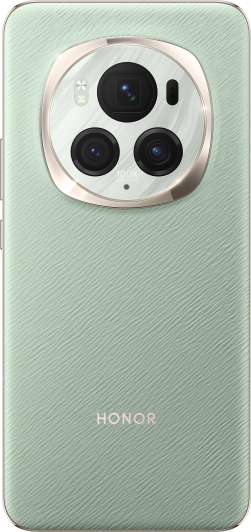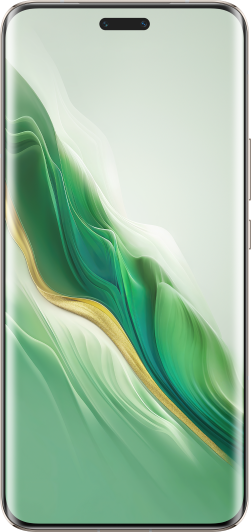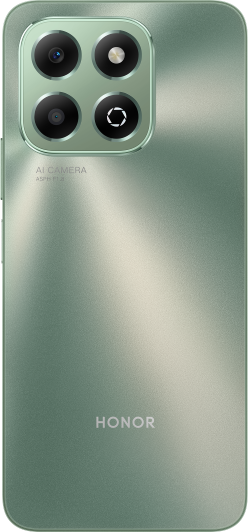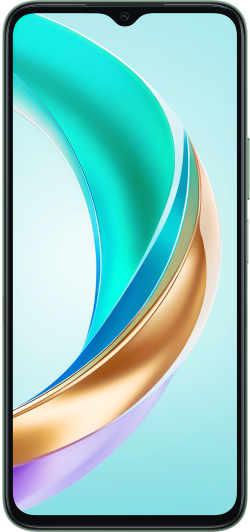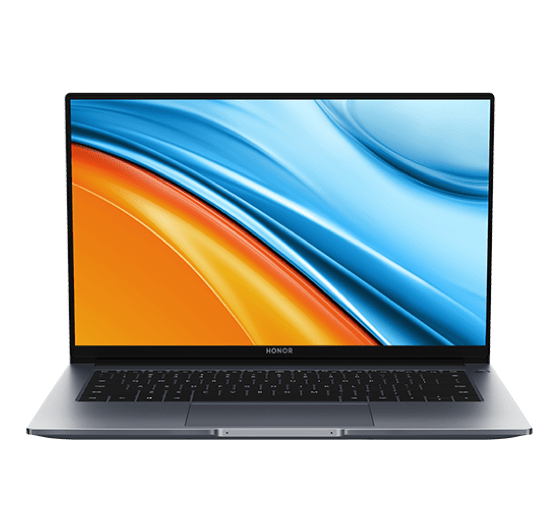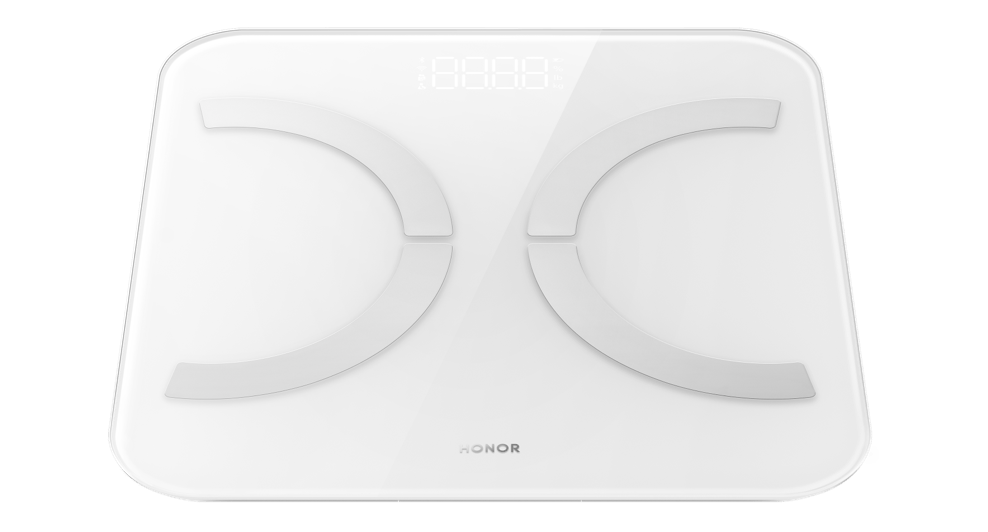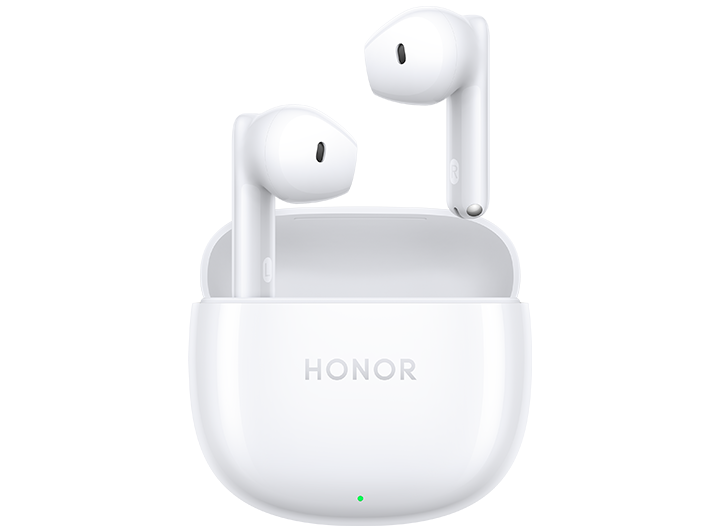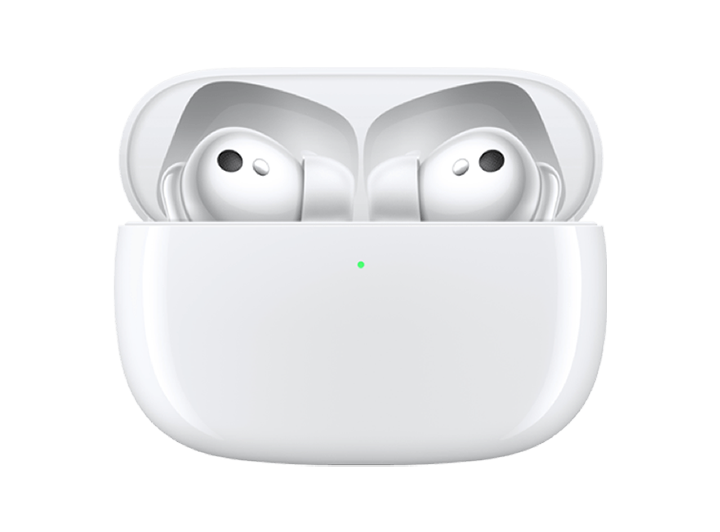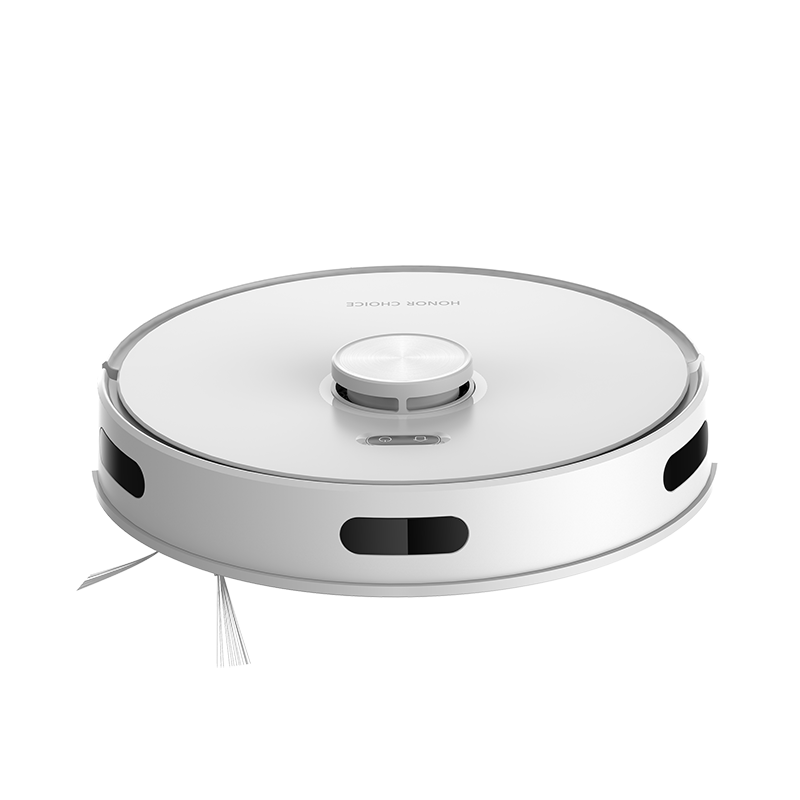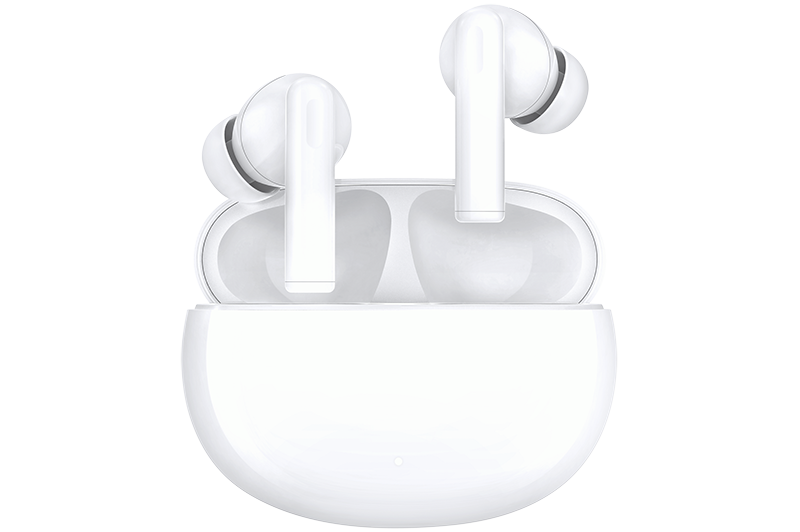TOP

我的荣耀 开启荣耀之旅
To log in to your account, you must first agree to the HONOR PLATFORM TERMS OF USE and HONOR Platform Privacy Statement. If you do not agree, you may only browse the site as a guest.

Pro Guide 101: How to Connect Laptop to TV
Mastering how to connect laptop to TV can expand your visual experience, turning your ordinary TV viewing into an interactive experience with your favorite movies, shows, games, and more. This guide will demystify the process, presenting not only one, but various methods to achieve this connection. Whether you prefer a sturdy wired connection or the convenience of wireless, we have you covered. Sit back as we explore how to use your TV as an extension of your laptop, enriching your digital experience.
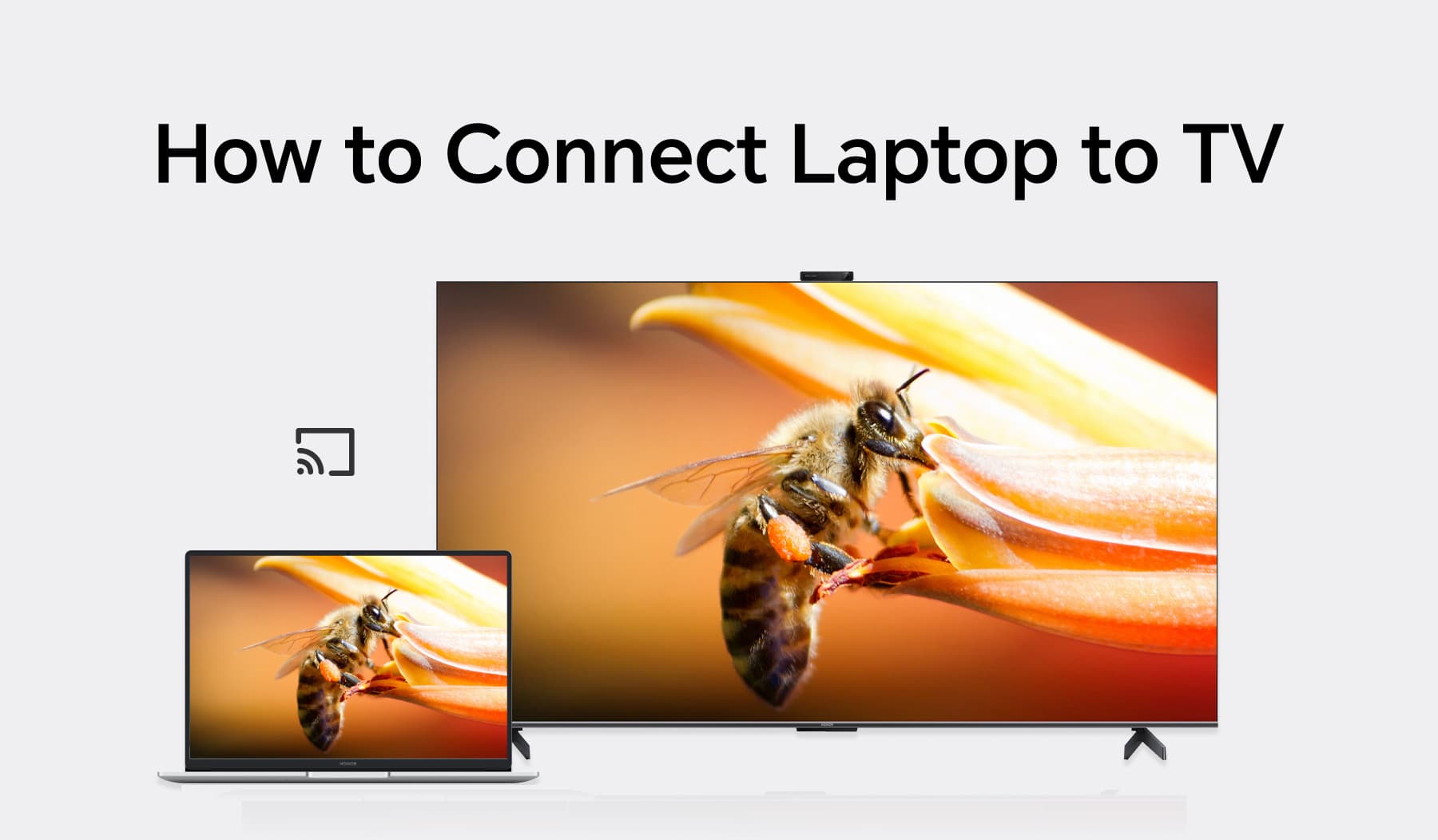
How to Connect Laptop to TV
Here are the two main ways how to connect a laptop to TV:
Wired
With a wired connection between your laptop and TV, a cable connects the two devices, allowing you to view your laptop's content on a larger screen. This method usually requires a VGA, HDMI, or DVI cable, depending on the specific type of ports available on each device.
Wireless
A wireless connection enables you to connect laptop to TV without using any cables, typically through devices like Chromecast, Apple TV, or Roku. This method is convenient and eliminates cable clutter but relies on a stable Wi-Fi network to function efficiently.
How to Connect Your Laptop to TV Using a Wired Connection?
The quickest way to connect your laptop to your TV is through a wired connection, which often involves an HDMI cable. The standard way is as follows:
• Identify the Ports
Regardless of their make or model, most contemporary televisions have HDMI ports used to connect various devices like sound bars, gaming consoles, or streaming devices. The same HDMI port can facilitate the connection with your laptop. Check the sides or back of your laptop for an HDMI port—most modern laptops are equipped with one.
However, if your laptop does not have this port, it may be equipped with a USB-C port. In this case, you'll need specific adapters like a USB-C to HDMI adapter, a USB-C hub with an HDMI port, or an HDMI to USB-C cable.
• Connect the Cable
Connect one end of your HDMI or HDMI-to-USB-C cable to your laptop and the other end to an HDMI port on your TV. Ensure the cable is securely connected on both ends for an optimized connection.
• Turn on Your Devices
Switch on your laptop and TV. While the TV screen might automatically display the laptop's content, you may have to switch to the correct HDMI input via your TV's Remote Control otherwise.
• Adjust Settings on Different Devices
If your TV doesn't show your laptop screen, check if your TV is set to the correct input. If the problem persists, go to your laptop's display settings. On Windows, open the Settings app and navigate to Displays. And on a Mac, go to System Preferences > Displays.
Here, you can choose from mirrored (the laptop's screen, and TV show is the same thing) or extended screen options according to your preference.
How to Connect Your Laptop to TV Wirelessly?
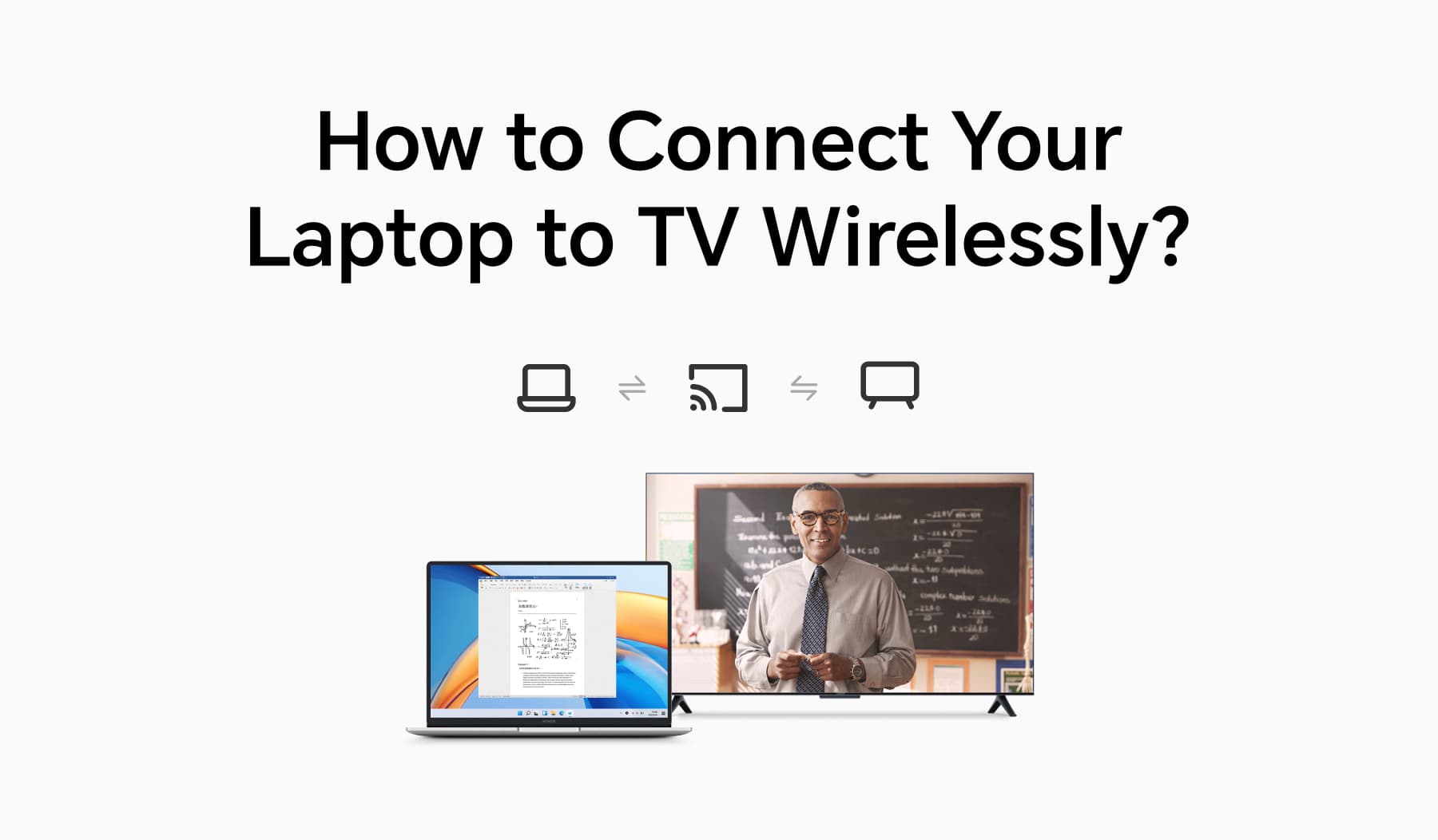
There are different methods to connect your laptop to a TV wirelessly depending on the operating system you are using. Below are the methods for both Windows and Mac operating systems:
• Connecting Your Windows Laptop to TV Wirelessly
Check Your Hardware:
Ensure that your TV supports Miracast, a wireless standard that allows devices to discover one another and mirror screens. Many modern smart TVs come equipped with this feature. In addition, for this method to be effective, your Windows laptop must also be Miracast-compatible.
Turn on your TV:
Switch to the appropriate HDMI source where Miracast is connected.
Connect on Windows:
Click on the Start button and go to Settings.
Navigate to System > Display.
Click on Connect to a wireless display.
Your laptop will start searching for available devices. Once your TV appears in the list, click on it to connect.
You may be prompted to enter a PIN on your laptop; this will be displayed on your TV.
Adjust Display Settings if Needed:
After connecting, if you wish to extend or duplicate your screen, you can choose the preferred display mode in the display settings.
• Connecting Your Mac Laptop to TV Wirelessly via AirPlay
For iOS laptops (MacBooks), Apple's proprietary technology, AirPlay, is used to wirelessly stream content.
Check Your Hardware:
Ensure your TV supports AirPlay 2. Many modern Apple TVs or smart TVs with AirPlay 2 built-in will support this feature. Ensure your MacBook is running macOS Mojave or later.
Connect Both Devices to the Same Wi-Fi Network:
Ensure that both your MacBook and TV are connected to the same Wi-Fi network.
Enable AirPlay on TV:
If using an Apple TV, ensure AirPlay is turned on. Navigate to Settings > AirPlay & Handoff and make sure it's enabled.
For smart TVs with AirPlay 2 built-in, refer to the TV's manual to enable AirPlay.
Connect from MacBook:
On your MacBook, you'll notice an AirPlay icon in the menu bar (it looks like a TV screen). Click on it.
A list of available devices will appear. Click on your TV's name.
If prompted, enter the code displayed on your TV screen.
Adjust Display Settings if Needed:
If you want to change the mirroring setting, go to System Preferences > Displays and choose the desired option.
Remember, while wireless connections offer tidiness and convenience, they may face interference from other devices, which could disrupt your connection or decrease the quality. Wired connections offer a more stable option; however, they may lead to a messy setup. At the end of this discussion about connecting laptops to TVs, we want to highlight a laptop that stands out for its versatile connection options: the HONOR MagicBook 15. Whether you're looking at a wired or wireless connection, the HONOR MagicBook 15 ensures an effortless experience. With a full-size HDMI port, pre-installed drivers, and compatibility with popular streaming devices, the MagicBook 15 is your go-to device for a seamless viewing experience on bigger screens.
Beyond its connectivity features, what else does the HONOR MagicBook 15 offer? Embodying efficiency, it's powered by the AMD Ryzen 5500, ensuring top-tier CPU performance. Despite its slim 16.9mm metal body weighing just 1.54kg, it boasts a remarkable FullView display that's certified for reduced blue light and flicker. The laptop's triple-screen collaboration feature is a boon for multitaskers, and its lasting 56Wh battery ensures you're powered throughout the day. With Wi-Fi 6 support, you're looking at speeds that are approximately 2.7x faster than previous generations.
Conclusion
Navigating the possibilities of how to connect a laptop to a TV isn't just a technological expedient—it will elevate your digital experience. Whether your choice hinges on a classical wired connection or you aim to break free with a wireless route, embracing this skill will transform a humble laptop into a dynamic hub for multimedia entertainment. The digital era allows us to push beyond screen limitations and unlock new potential. The bridge between laptops and TVs is a testament to this exciting reality!
FAQ
Here are some commonly asked questions on how to connect laptop to TV.
Why Is My Laptop Not Connecting to My TV via HDMI?
Your laptop may not be connecting to your TV via HDMI due to several reasons that can include faulty HDMI cables or ports, incorrect port settings, incompatible TV and laptop resolutions, outdated laptop graphics drivers or the laptop not being configured to send signals to an external monitor/TV. Always ensure your cables and ports are working properly and that your hardware & software are up-to-date.
Where Is the HDMI Port on My Laptop?
The location of the HDMI port on your laptop mainly depends on the model and manufacturer of the laptop. However, it's commonly situated on the left or right side panels of the laptop. It's generally a thin, wide slot that fits an HDMI cable. You may need to consult your laptop's documentation or manufacturer's website to find the exact location on your particular model.
Can You Force Your Laptop to Recognize Your Monitor?
Yes, you can force your laptop to recognize your monitor. This usually involves accessing the "Display Settings" or "Screen Resolution" settings on your laptop. From there, you can identify and detect multiple displays and select the appropriate output option. Ensure that everything is correctly plugged in and powered on. Be sure to consider updating your graphics drivers if your laptop still refuses to recognize your monitor.
Source: HONOR Club
SUBSCRIPTION
I agree to receive the latest offers and information on HONOR products through email or IM (e.g. WhatsApp) provided below and advertisement on third-party platforms. I understand that I can unsubscribe anytime according to Chapter 5 of HONOR Platform Privacy Statement.
CONTACT
Honor Technology (Malaysia) Sdn Bhd
(Registration No.: 202101003804)
1800-88-5645
9:00 AM - 6:00 PM
Copyright © Honor Device Co., Ltd. 2020-2025. All rights reserved.
We use cookies and similar technologies to make our website work efficiently, as well as to analyze our website traffic and for advertising purposes.
By clicking on "Accept all cookies" you allow the storage of cookies on your device. For more information, take a look at our Cookie Policy.
Functional cookies are used to improve functionality and personalization, such as when playing videos or during live chats.
Analytical cookies provide information on how this site is used. This improves the user experience. The data collected is aggregated and made anonymous.
Advertising cookies provide information about user interactions with HONOR content. This helps us better understand the effectiveness of the content of our emails and our website.









